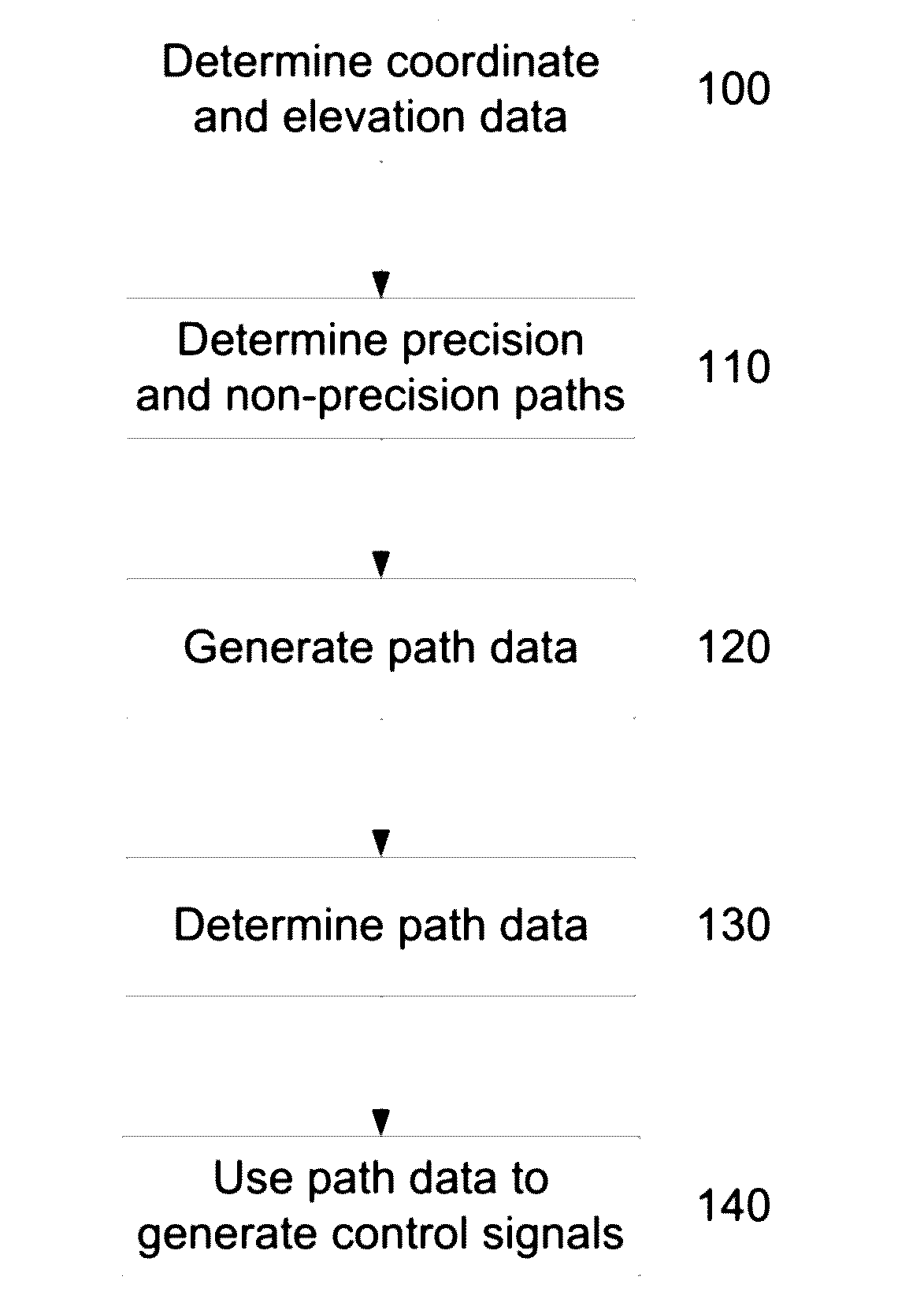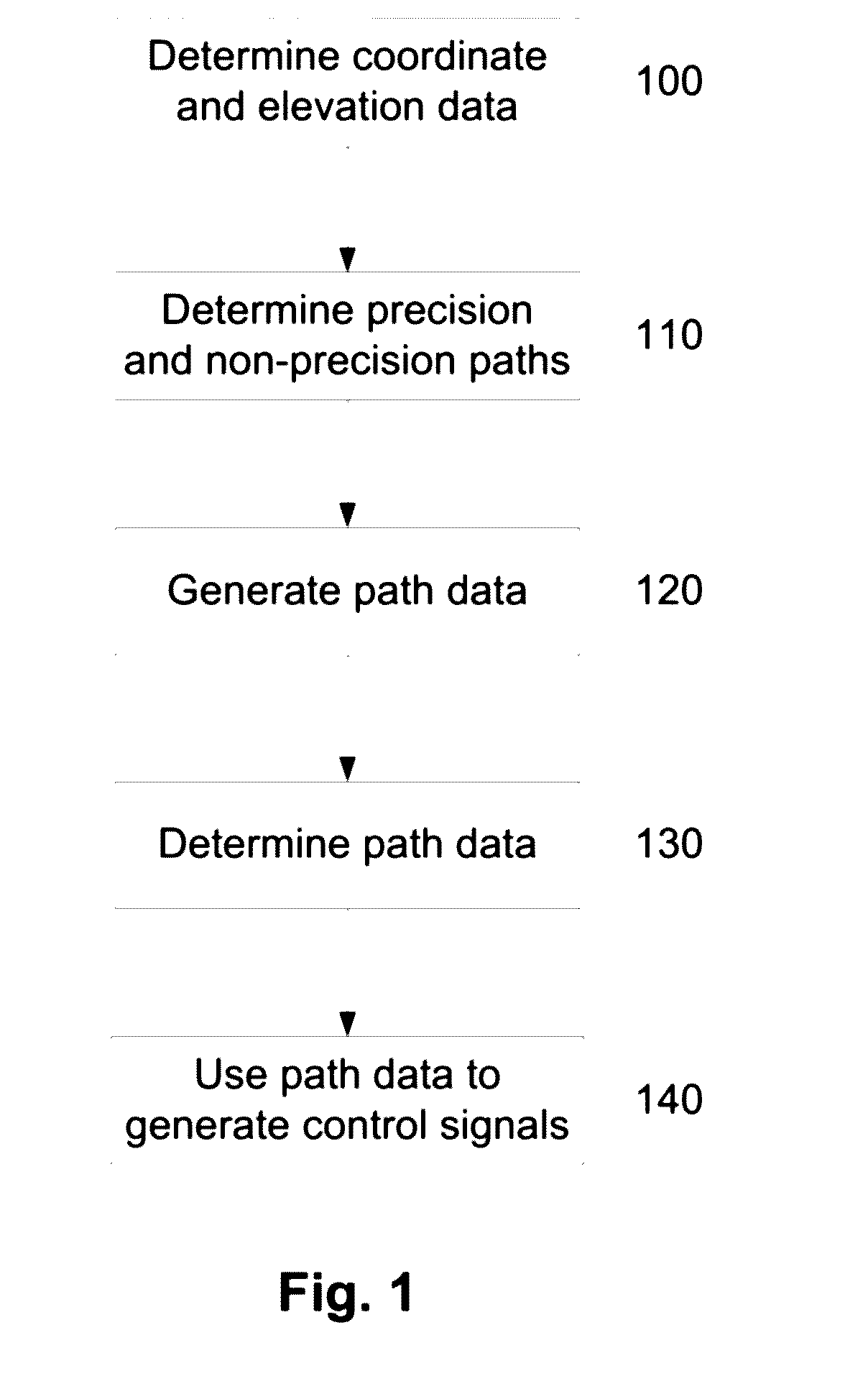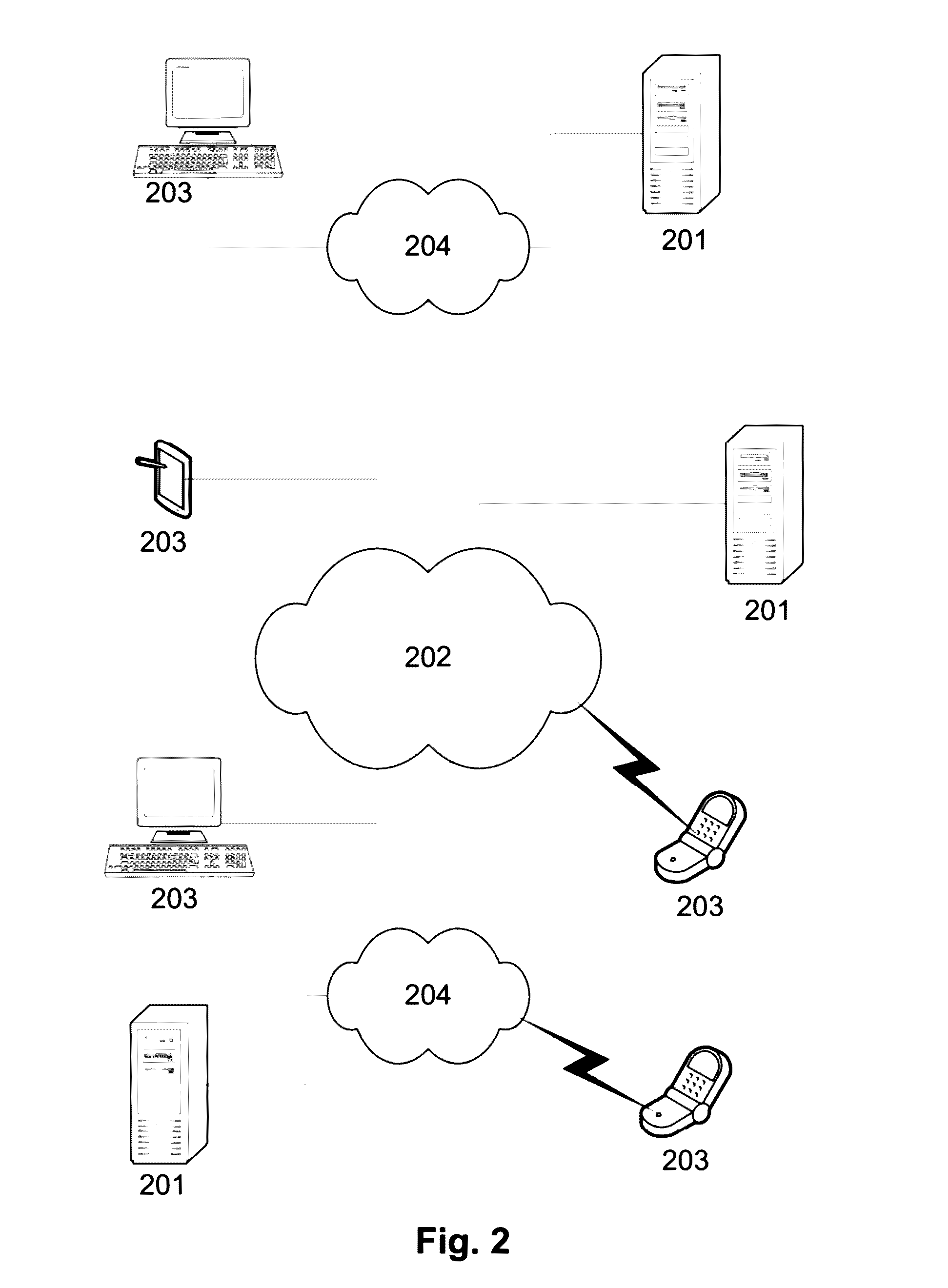Method and apparatus for developing a flight path
a flight path and flight path technology, applied in the direction of process and machine control, navigation instruments, instruments, etc., can solve the problems of unsuitable manual ground based inspection methods, unsuitable for large linear infrastructure networks, and slowness of inspection methods,
- Summary
- Abstract
- Description
- Claims
- Application Information
AI Technical Summary
Benefits of technology
Problems solved by technology
Method used
Image
Examples
Embodiment Construction
[0297]A method of developing a flight path and a method of controlling an aircraft for precision flying, such as infrastructure surveying, will now be described with reference to FIG. 1.
[0298]In this example, it is assumed that the process is performed at least in part using an electronic processing device forming part of a processing system, which may be connected to one or more other computer systems via a network architecture.
[0299]It is also further assumed that control of the aircraft is typically performed using a flight control system, such as a commercial autopilot, with an electronic processing device in communication with the flight control system. In this regard, the electronic processing device used for developing the flight plan and communicating with the flight control system may be the same electronic processing device or may be different electronic processing devices, as will be described in more detail below.
[0300]The term “precision flying” refers to flying in a co...
PUM
 Login to View More
Login to View More Abstract
Description
Claims
Application Information
 Login to View More
Login to View More - R&D
- Intellectual Property
- Life Sciences
- Materials
- Tech Scout
- Unparalleled Data Quality
- Higher Quality Content
- 60% Fewer Hallucinations
Browse by: Latest US Patents, China's latest patents, Technical Efficacy Thesaurus, Application Domain, Technology Topic, Popular Technical Reports.
© 2025 PatSnap. All rights reserved.Legal|Privacy policy|Modern Slavery Act Transparency Statement|Sitemap|About US| Contact US: help@patsnap.com



